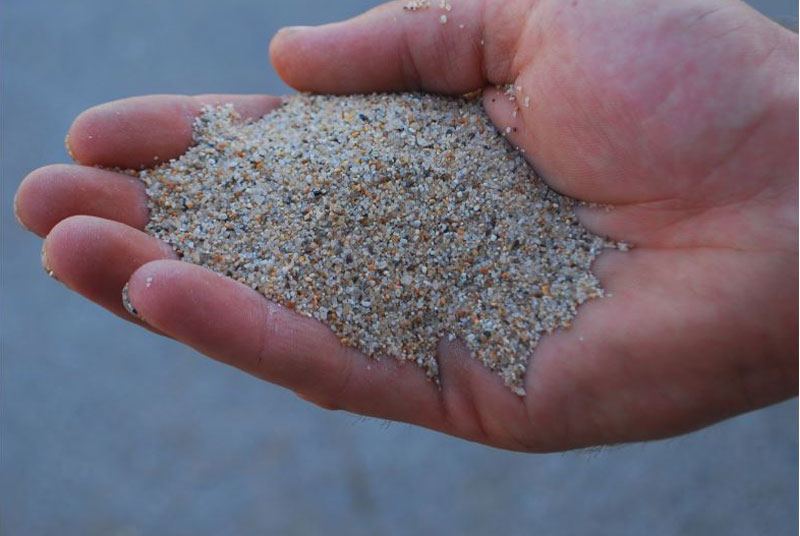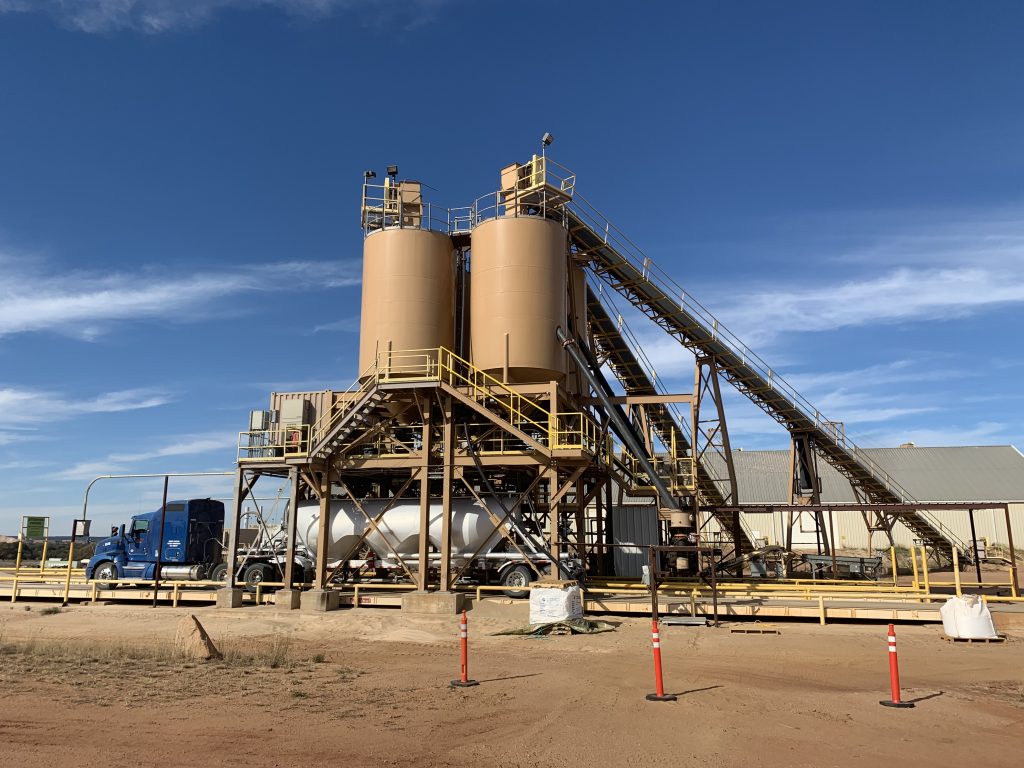How Silica Sand is Used in Glass Manufacturing
Silica sand, also known as industrial sand, is high-purity sand that’s made up of two main elements – silica and oxygen. Its high level of silica and oxygen content gives it a unique range of properties that make it well-suited to a large number of applications. One of those applications of silica sand is the manufacture of glass.
In this article, we’ll take a look at why silica sand is such an important part of glass manufacturing and the role that it takes in this process.

Why is high-quality silica sand used in glass manufacturing?
Silica sand is the primary source of silicon dioxide that is essential in the manufacture of glass. To be suitable for producing glass, there must be a very high proportion of silica (above 95%) in the composition of the sand.
That’s why most sand deposits are not of sufficient purity for glassmaking. It’s estimated that industrial sand that meets the extremely high chemical and physical requirements of the glass industry represents less than 1% of the 50 billion tonnes of sand that is extracted every year.
The reason for these demanding requirements is that the purity of the sand directly impacts the transparency, strength, and durability of the glass. For example, only glass products that are manufactured with high-quality silica sand can meet the optimal vision requirements for vehicle windshields.
Similarly, only building glass that’s made using high-quality silica sand can meet the light or thermal transmittance specifications without compromising on durability and safety.
The properties of silica sand and its suitability for glassmaking
To be suitable for use in the production of glass, the silica must be chemically pure (contain more than 95% silicon dioxide) and be the right size (have a grain size of between 0.075mm and 1.18mm), and color.
These high-level requirements mean that only sand deposits from specific sources are suitable for use in the glass industry. That includes lake, river, fossil beach, and wind deposits. Its extraction also requires high levels of skill and competence on behalf of the supplier.

How is glass made?
High-quality silica sand makes up around three-quarters of the batch of raw materials used in the glassmaking process. The other quarter is made up of soda, limestone, and clarifying agents along with a percentage of recycled glass. The following is the process for making flat glass, which is commonly produced with silica sand.
- Batched – The main components, including the silica sand, limestone, soda, and recycled glass, are weighed and sorted into batches.
- Melted – The batched raw materials enter a furnace that reaches temperatures up to 1600°C and become molten.
- Floated – The molten glass is then ‘floated’ on a bath of molten tin and drawn through rolling machines where it becomes flattened.
- Cooled – The molten glass leaves the bath of molten tin and is cooled to a temperature of 600°C. It passes over rollers and can be cut and worked in a predictable way.
The particle size of the sand grains is a key factor in glassmaking, as grains that are too coarse may not melt efficiently in the furnace and could lead to blemishes in the final product. On the other hand, grains that are too fine could be sucked into the airflows of the furnace and lost.
Another key factor in the process is the chemistry of the sand, with different levels of iron oxide, chromes, and other metals required to produce the various colors of glass. These are all strictly controlled to ensure the sand meets the requirements of the glassmaker and the end consumer.
Buy high-quality silica sand from PFS
Glass is unique in that it can be completely recycled time after time. However, there’s always a need for high-quality silica sand to keep the furnaces running. At PFS, you can buy premium round to sub-round silica sand with packaging and shipping options to suit you.
Click here to get in contact with a PFS Aggregate representative today!

